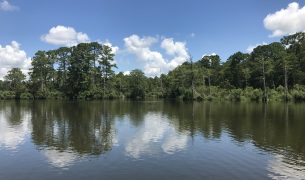For more information about proposed projects in the watershed management plans visit our web app here: https://estuary.maps.arcgis.co...
Watershed Management Plans include suggestions for actionable projects which address critical issues in the watershed. The advantage of this is that WMP recommendations provide project background and context which provides an advantage when seeking funding for planning and implementation activities. Detailed descriptions for suggested projects can be found in the Management Measures chapter of any WMP.
Members of MBNEP's Management Conference and the State have requested an updated version of the suggested projects list. MBNEP is asking partners to review the list for projects they are involved in or familiar with and update any information that may be lacking or outdated. For convenience, you can filter any category or search by the project name or attribute. We understand this is a big ask, and we thank you for your commitment. With your help, this data can benefit all who are working for improved environmental management.
Instructions:
Please fill out a separate Google Form for each unique project. The Google Form is linked here.
To find the reference location and numbers for the project you would like to input on, visit the Excel sheet here. Each project is catalogued using the unique combination of Watershed (Column B) and Project Title & WMP Reference (Column C). Example: the Bayou Cateau Tract project can be found in section 6.3.3 in the Bayou La Batre WMP. The Project Title & WMP Reference cell in Column C will be "Bayou Cateau Tract 6.3.3"
We are asking for updates on Entities Involved (Column G) and Status (Column H). However, if there is any additional information, for instance in the Project or Activity Title categories, please include that in the Notes section. We are also eager to hear about implemented projects not listed here that are on other Management Plans.
For visualization of the location of these projects, we have created the above interactive map. Some projects are missing from the map. These are projects that have either multiple or non-specific locations. If you would like to include geospatial information for a project, please include it in the Notes. Example: a Litter Management Program does not have a specific defined location.
For any additional questions, email Bekah Farmer at rfarmer@mobilebaynep.com
Apart from being useful for management and tracking, we hope this tool showcases the impressive level of project implementation the MBNEP Management Conference has collectively achieved so far. Thank you again for your commitment.
Coverage Area of the Mobile Bay National Estuary Program
In 2013, the Mobile Bay National Estuary Program (MBNEP) embarked upon a holistic, watershed-based approach to guide coastal ecosystem restoration and protection measures through watershed management planning of the coverage area reflected in the above map. The MBNEP’s five-year Ecosystem Restoration and Protection strategy of Respect the Connect initiated this novel approach. It prescribes development of watershed management plans (WMPs) for drainage areas, not political jurisdictions, to ensure restoration projects are scientifically defensible and components of an overall management program.
The goals of watershed planning are to:
- Improve water quality
- Improve habitats
- Protect continued customary uses of biological resources
- Improve watershed resilience
- Expand opportunities for community access
A WMP identifies problems that threaten the quality of receiving waters (waterbodies to which a watershed drains) and recommends prioritized solutions to those problems. It even identifies and recommends potential funding sources to pay for those solutions. Watershed plans provide a vehicle to ensure a sustainable quality of life for coastal residents by setting goals focused on the six common values most important to those living in coastal Alabama. These WMPs are invaluable to our State’s decision makers, as they direct limited funding available through various sources. To date, over $170 million dollars in Deepwater Horizon-related funding has been allocated to projects identified through the watershed planning process.
All Watersheds
Bayou La Batre
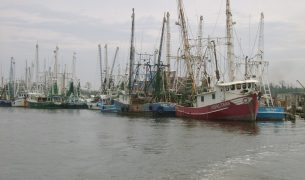
Bon Secour
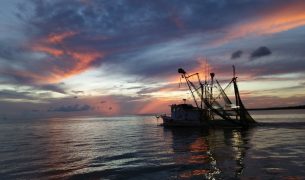
Dauphin Island
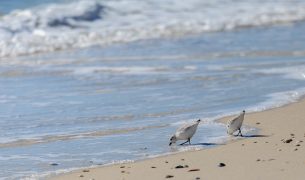
Dog River
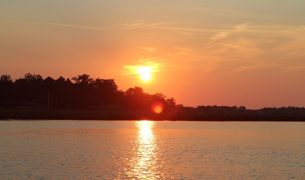
D'Olive Creek
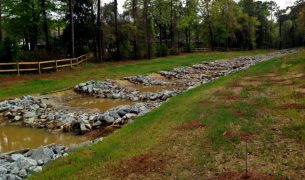
Deer River

Eastern Delta
Eastern Shore
Eight Mile Creek
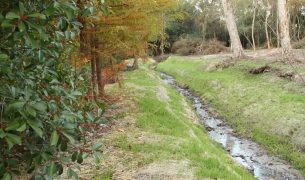
Fowl River
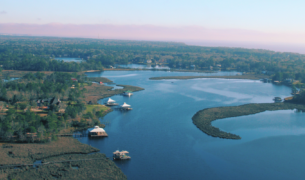
Grand Bay Swamp
Gulf Frontal-Perdido
Mobile Tensaw Delta
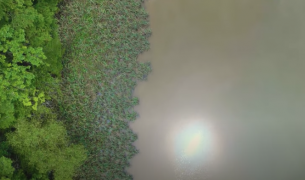
Mon Louis Island
Three Mile Creek
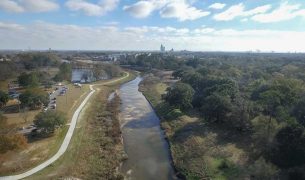
Weeks Bay
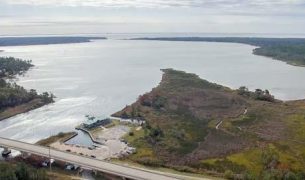
West Fowl River
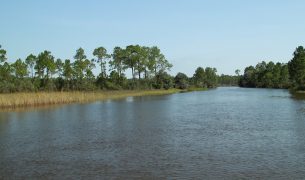
Western Delta
Western Perdido Bay
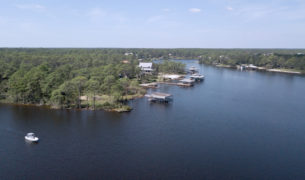
Western Shore
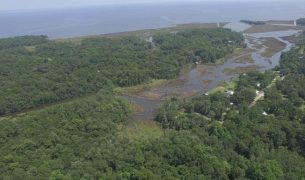
Wolf Bay
